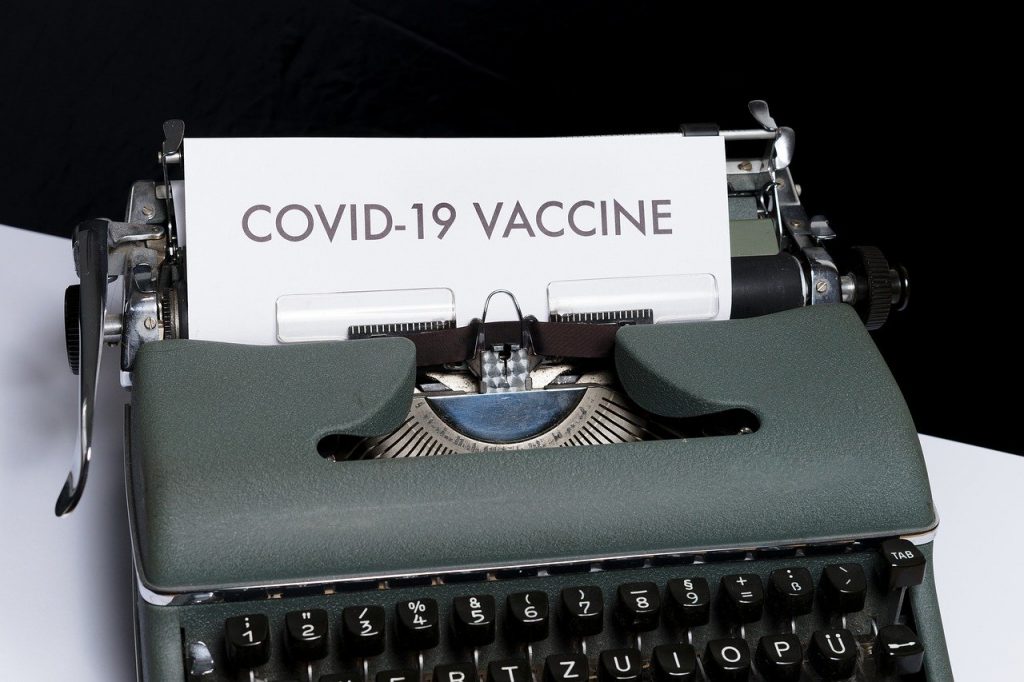A few days ago by MJH Life Science organized broadcasting a web-project, “The race for a vaccine”, where scientists discussed the current COVID-19 vaccine race.
In this project take part worldwide known scientists Dr Walter A Orenstein, MD, professor and associate director of the Emory Vaccine Center at Emory University School of Medicine; Dr Angela Rasmussen, PhD, associate research scientist at the Center for Infection and Immunity at Columbia University; and Dr Gregory A Poland, MD, editor-in-chief of the journal Vaccine, and director of the Mayo Vaccine Research Group.
The discussion began from conversation about the history of vaccines, and how the future COVID-19 vaccine might look like.
COVID-19 Pandemic
The coronavirus pandemic, is an ongoing global pandemic of coronavirus disease 2019 (COVID‑19), caused by severe acute respiratory syndrome coronavirus 2 (SARS‑CoV‑2). The outbreak was first identified in December 2019 in Wuhan, China. To date from COVID-19 died near 162 000 people, confirmed cases more than 5 million, in the USA only.
The webinar starts with Dr Rasmussen statement about the research process of vaccines and their suitability, effectiveness for treatment the coronavirus infection. He drew the attention of the audience to the fact that at present more than 150 vaccines against the coronavirus are being researched, only 6 are currently in phase 3.
Only 3 of them is actually leading “the vaccine race”, mRNA ; Replicating RNA (replicon); and DNA. All of them are very suitable to manufacture, because they don’t need to require the infectious virus to build the vaccine. Despite this, certain difficulties also arise with these vaccines, since both mRNA and replicon are not temperature stable and DNA is proving difficult to deliver to target cells.
At August 6 WHO held a media briefing on COVID-19 were discussed the question of coronavirus pandemic. WHO Director-General’s said: “COVID-19 has already taken away so much. We must seize this moment to come together in national unity and global solidarity to control COVID-19, address antimicrobial resistance and the climate crisis.”
World Health Organization
The World Health Organization (WHO) is a specialized agency of the United Nations responsible for international public health. The WHO Constitution, which establishes the agency’s governing structure and principles, states its main objective as “the attainment by all peoples of the highest possible level of health.”
The next speaker was Dr Poland who introduced his, “Vaccines: principles, prejudices and porcupines”. After this he continues the discussion about the principles of scientific evidence, which is intentional, peer-reviewed, and agnostic to results. He said – “you can have your own opinions, but not your own facts-science is not a democracy”.
After his opening speech Dr Poland added that scientific community should not promise too much, because the ideal vaccine, in addition to direct treatment, should be able to be mass-produced quickly, have an excellent safety profile, be stable at room temperatures, and able to be stored indefinitely. According to his words despite the public pressure for treatments and vaccines, there is also no substitute for careful, clinical studies and trials.
The Priority Groups
Following Dr Poland representation, Dr Orenstein took the floor. In his speech he continued the previous topic, including questions like: who priority groups for the vaccine would be, risk factors for vaccine failure and waning immunity, and the impact of the vaccine and COVID-19 vaccine race in reducing transmission.
But, at the end he added “vaccine safety continues to be monitored even after the public begins using the vaccine”. The vaccine will be controlled and monitored by organizations such as: Vaccine Adverse Event Reporting System (VAERS) the Vaccine Safety Datalink (VSD), the Post-Licensure Rapid Immunization Safety Monitoring (PRISM), and the Clinical Immunization Safety Assessment Project (CISA).
At the end Dr Orenstein reminded to follow recommendations of the Advisory Committee on Immunization Practices (ACIP) and to continue to report cases of COVID-19 to local and state health departments, including vaccination status.

